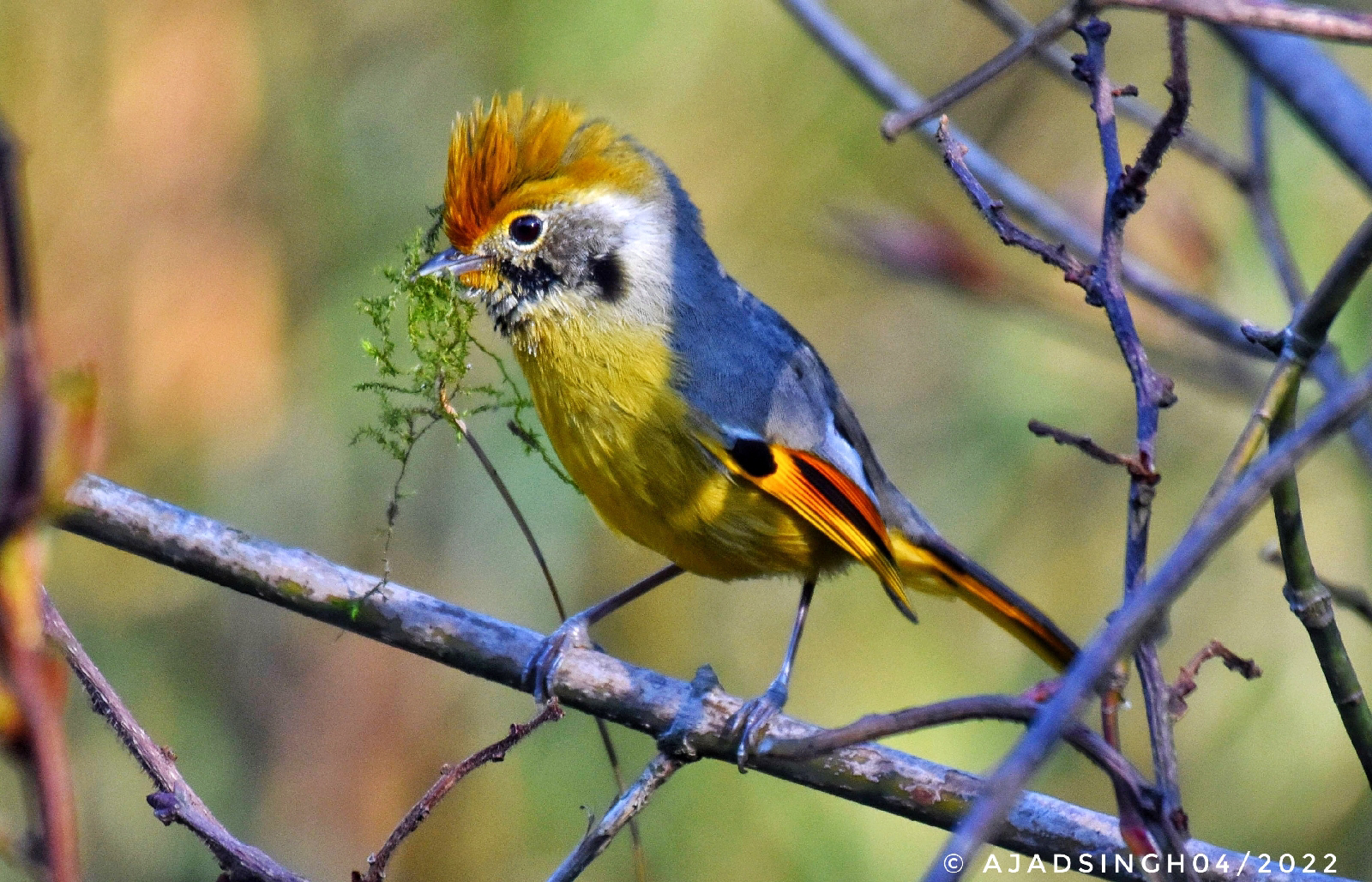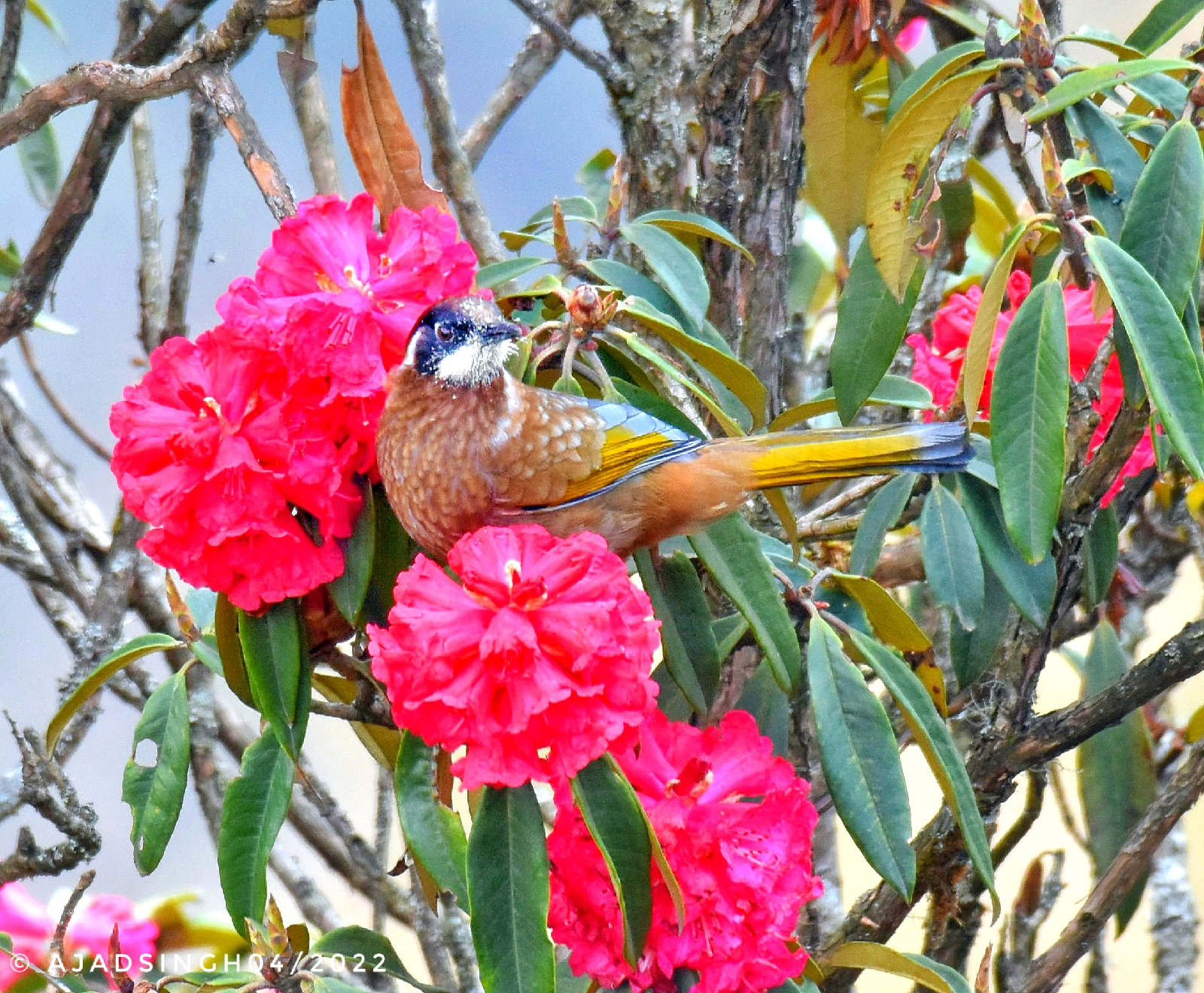black-breasted weaver(non breeding plumage) also known as the Bengal weaver or black-throated weaver (Ploceus benghalensis), बंगाल बया

black-breasted weaver(non breeding plumage) also known as the Bengal weaver or black-throated weaver (Ploceus benghalensis), बंगाल बया Samda wetland Ayodhya January 2021 Nikon Gears Full screen mode recommended for details https://maghaa.com/mIvtV This is a weaver resident in the northern river plains of the Indian subcontinent. Like the other weavers, the males build an enclosed nest from reeds and mud, and visiting females select a mate at least partially based on the quality of the nest. It is polygynous and colonial, and on the whole similar to that of the baya and streaked weavers. Male constructs the nest single-handedly, with a group of females visiting it during late construction stage, jumping on the helmets, tugging and testing, presumably for strength. If a female appears interested, the male bows low before her, presenting his golden crown to her. He flaps his w...





